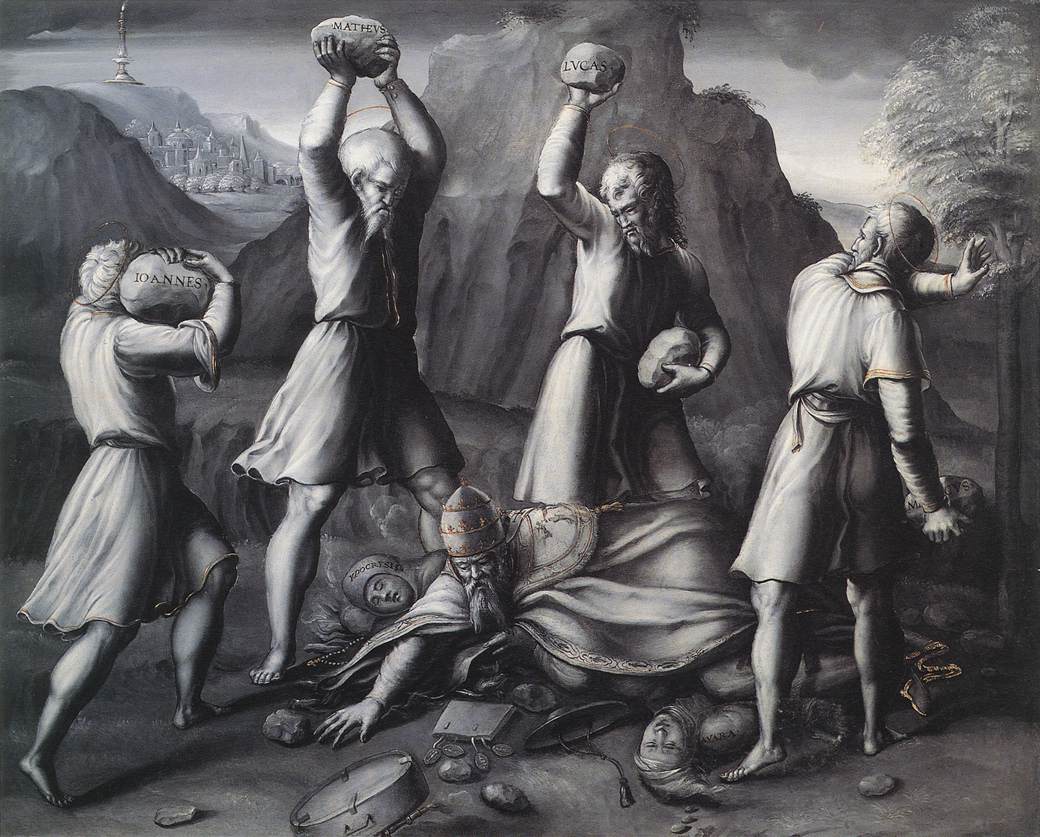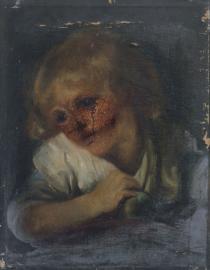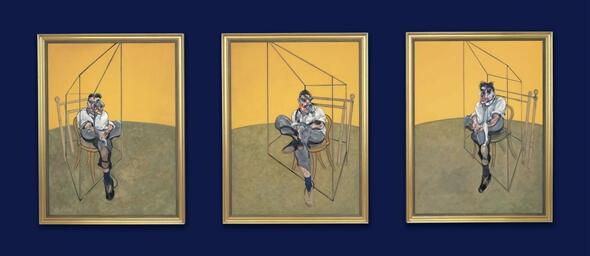The honest authorship of an artist
I’ve been reading a lot about authorship for university
recently and something has been bugging me. How can some artists put their name
on pieces of art and get all the glory? What actually constitutes ‘being an
artist? Is it having dibs on an idea or is it the physically making of the
piece?
When I went to the Wallace collection they had two pieces by
Rembrandt facing each other on either sides of the room – one is of his son,
which looks a lot more like a typical Rembrandt than the portrait of himself,
which seems very much like plainer. It was bought to my attention that one of
them was done by his studio (so, other people) and the portrait of his son was
done by himself. What I don’t understand is why the painting made in his studio
is under his name. It wasn’t done by his hand, it was simply made by people who
mimic and have learnt from his stylings, does that mean we should put
everything that was created in the renaissance under the umbrella of Greek and
Roman artists who inspired them? For the Renaissance is heavily based on this
era, they coined the idea of the perfect male form and the use of marble
sculptures, didn’t they?
And THEN I found out that it wasn’t just Rembrandt, loads of
artists have done this in the past. Works that were commissioned during the
Renaissance and up to the nineteenth century were often made in studios under
the hands of others, and it’s not even an out dated practice. Almost everyone
know that the work created by Damien Hirst is actually made by eager art
students who are happy to help, the majority of his colourful dot paintings
pretty much untouched by his own hand. Even his larger, more experimental
ideas, like say cutting a cow perfectly in half, required the skill of someone
who actually knows how to do that – not him.
A conservation talk I went to recently also spoke about how
Allen Jones’ furniture pieces were made mainly by a variety of fabricators,
ranging from mannequin specialists to clothes shops. He simply had the idea, the
inspiration being a piece of work that is as far from the artists touch as
possible. So therefore, because it was his idea it is therefore his piece of
art, despite not creating it at all. It’s crazy to think that I could come up
with an idea, pay someone to make it for me, display it in an art gallery, and
then have it be sold to an art collector in years to come for thousands.
Obviously though, these artists have to have some repertoire
with the art world in order to be able to mass produce these pieces under other
peoples hands and have them taken seriously. Hirst basically dragged together
the YBA’s and staged shows of his works in warehouses at a young age, catching
the eye of Saatchi. Rambrandt was a highly commissioned and sought after Dutch
painter, his demand necessitating other hands. But is there a point when an
artist loses his title of being an artist? Surely the involvement and creation
of a piece is what constitutes the term artist in the first place.
Another confusion of authorship and ownership of a work is
when it comes down to photo based pieces. Ana Mendieta’s work is the best
example of this I have seen recently. Normally she is the subject of her work,
and by being the subject she needs help creating the piece, someone to take a photo
or a video. Does this still give her the right to claim to be the author of the
piece? She hasn’t taken the photo herself and she is the subject, certainly
that makes her the subject of someone else’s photo? It’s all very confusing.
I find authorship a really confusing and grey area and I’m
probably not going to write my next essay on it.
















